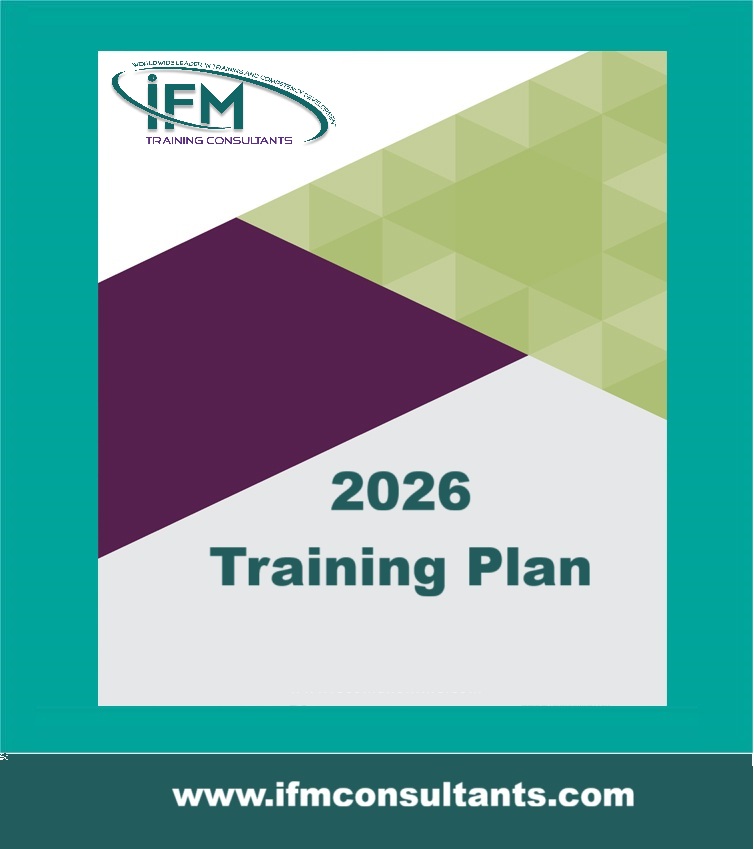Carbonate Seismic Reservoir Analysis
| Start Date | End Date | Venue | Fees (US $) | ||
|---|---|---|---|---|---|
| Carbonate Seismic Reservoir Analysis | 16 Nov 2025 | 20 Nov 2025 | Dubai, UAE | $ 3,900 | Register |

Carbonate Seismic Reservoir Analysis
| Start Date | End Date | Venue | Fees (US $) | |
|---|---|---|---|---|
| Carbonate Seismic Reservoir Analysis | 16 Nov 2025 | 20 Nov 2025 | Dubai, UAE | $ 3,900 |
Introduction
The course introduces the participants to modern carbonate environments and explains how the constituents of carbonate sediment become lithified and changed after deposition to provide potential reservoir rocks. Modern carbonate environments from particularly the Arabian Gulf and the Caribbean are examined in detail to provide a sense of scale and perspective. Large scale carbonate architectures are discussed and illustrated from a sequence stratigraphic perspective with seismic scale examples illustrated from the outcrop.
The course emphasizes the complexity of carbonate porosity. Its modification and evolution will be discussed in a sea-level driven sequence stratigraphic framework.
There are numerous illustrations of outcropping carbonates and evaporates from a wide range of depositional settings throughout the Phanerozoic. Petrophysical approaches to reservoir characterization of fields are illustrated with an emphasis on fracture modelling, fluid saturation modelling and hydraulic flow units. A selection of carbonate oil and gas plays and fields from various parts of the world are discussed. Presentations are interspersed with videos and exercises. The participants are given the course notes in electronic form upon completion.
Objectives
- UNDERSTAND the factors affecting characteristics of carbonates reservoir characterization
- PROVIDE an insight to the complexity of carbonate depositional systems, including associated evaporates
- EXAMINE the susceptibility of carbonates to post-depositional (digenetic) changes
- APPLY Petrophysical approaches to carbonate reservoir description
- MANAGE the uncertainties in predicting depositional environments
- INTEGRATE different geological, Petrophysical, and reservoir engineering data sets
- RECOGNIZE basic characteristics of carbonates important to reservoir development
- UNDERSTAND how sequence stratigraphy can be applied to carbonates and mixed carbonate-siliciclastic systems
- UNDERSTAND the complexities of carbonate pore systems
- RECOGNIZE the nature of carbonate porosity modification during diagenesis and the role of sea-level and climate in porosity modification and gross reservoir heterogeneity
- DEVELOP viable exploration and exploitation strategies in carbonate terrains by working with subsurface datasets
Training Methodology
The program is delivered in a combination of lecture-style and practical experiential learning method is results-oriented; based on an adult learning concept. The course is designed as a blended environment of presentation; workshops; group work; practical exercises; field application/ case studies, analysis and several industry videos showing all processes; and general discussions. The course will include real case studies in the oil and gas industry. Most of the case studies have been presented in international journals by the instructor. Pre & Post-course assessments will be used to measure the effectiveness of this training and measure the skill and ability of participants.
Who Should Attend?
This course is designed for, but not limited to, those who are directly involved with carbonate reservoir characterization, and who need a deeper understanding of the complexity and problems associated with carbonate reservoirs.
- Exploration & Development Geoscientists (Geologists & Geophysicists)
- E&P Managers
- Sedimentologists
- Reservoir & Petroleum Engineers
- Petrophysicists
Course Outline
DAY ONE - CARBONATE ESSENTIALS AND MODERN DEPOSITIONAL ENVIRONMENT
-
Carbonate Grains and Classifications
-
Carbonate Study Techniques
-
Carbonate Ramps and Platforms
Examples from the Middle East, Alps, UK, and the Bahamas
-
Modern Carbonate Depositional Environment
DAY TWO - CARBONATE FACIES AND SEQUENCE STRATIGRAPHY
-
Aeolian Deposition and Deflation
-
Evaporites
-
Modern and Ancient Microbial Mats (Stromatolites and Thrombolites)
-
Modern and Ancient Reefs
-
Carbonate Sands with emphasis on grain stone accumulations, including Oolites
-
Bioturbation by fauna and flora
-
Resedimented Carbonates
-
Sequence Stratigraphy with rock outcrop examples
DAY THREE - DIAGNETIC ALTERATIONS AND RESERVOIR CHARACTERIZATION
-
Diagenetic Alterations
-
Reservoir Characterization
DAY FOUR - ANCIENT CARBONATE SEQUENCES
-
Exercise in Predicting Depositional Environments
-
Carbonate Source Rocks
-
Ancient Carbonate Sequences
-
Triassic Dolomites of the Italian Alps with emphasis on the Sella Platform
-
Lower Carboniferous Ramp and Platform Carbonates of the UK
-
Miocene carbonates of the Mediterranean
DAY FIVE -
-
Basic nature of carbonates
-
Carbonate facies models
-
Basic concepts of sequence stratigraphy
-
Relationship of stratigraphic patterns to changes in subsidence rates
-
Sequence stratigraphic models including the ramp, the rimmed shelf, the escarpment margin, the isolated platform, and the mixed carbonate-siliciclastic shelf
-
Characteristics of carbonate pore systems
-
Diagenesis, porosity evolution, and porosity distribution at the time of burial
-
The fate of early-formed porosity during burial
-
The potential value of dolomitization, including by hydrothermal processes
-
The problem of H2S in carbonate reservoirs
-
Natural fractures in carbonates
-
Case histories and exercises from the Americas, Europe, and Asia
-
Exploration and exploitation strategies in carbonate and mixed terrains

















